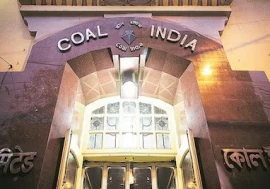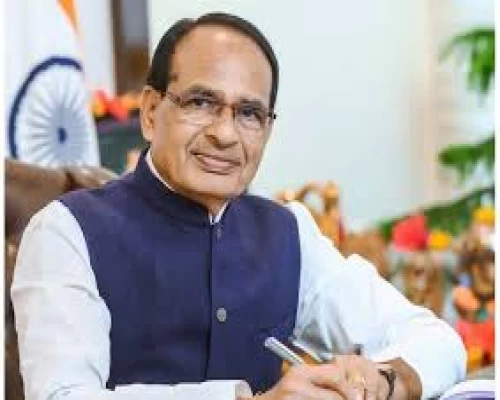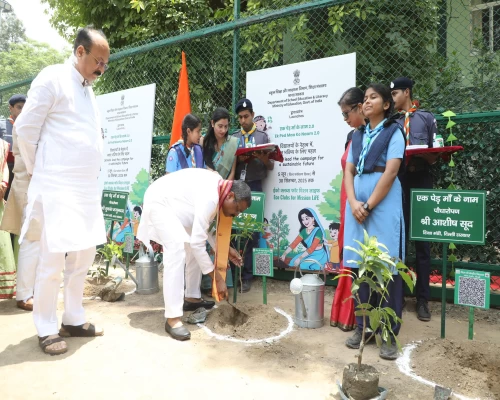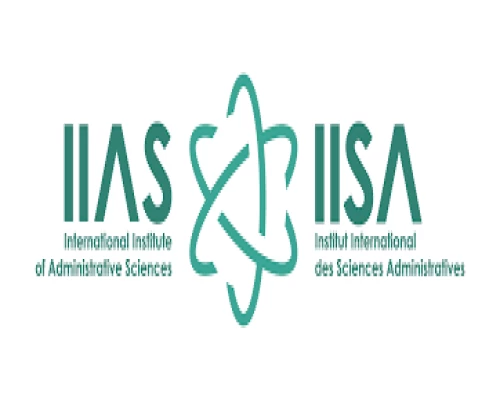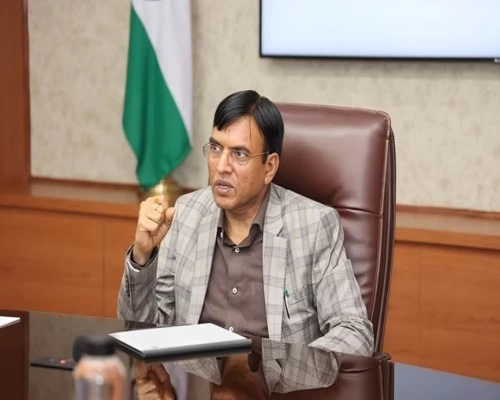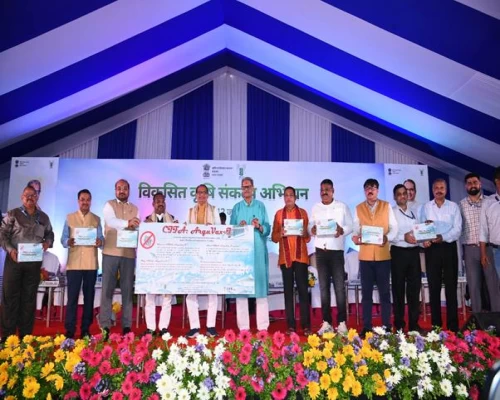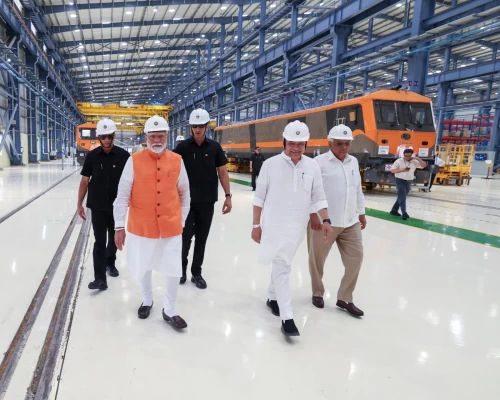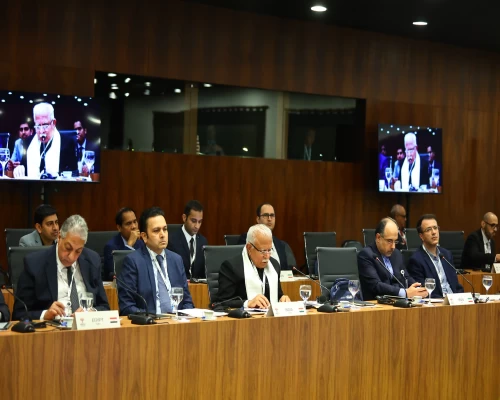
New Delhi: The ‘State of Inequality in India Report’ talks of increase in people’s earnings over the years but also speaks about the poor people getting poorer. A 44.4 per cent wealth concentration in the highest quintile in urban areas is contrasted with a meagre 7.1 per cent concentration in that in rural India. The report, which was recently released by Dr Bibek Debroy, Chairman, Economic Advisory Council to the Prime Minister (EAC-PM), has been written by the Institute for Competitiveness and presents a holistic analysis of the depth and nature of inequality in India.
Dr Bibek Debroy has stated: “Inequality is an emotive issue. It is also an empirical issue, since definition and measurement are both contingent on the metric used and data available, including its timeline.” He further adds: “To reduce poverty and enhance employment, since May 2014, the Union Government has introduced a variety of measures interpreting inclusion as the provision of basic necessities, measures that have enabled India to withstand the shock of the Covid-19 pandemic better.”
The report moves beyond the wealth estimates that depict only a partial picture to highlight estimates of income distribution over the periods of 2017-18, 2018-19 and 2019-20. With a first-time focus on income distribution to understand the capital flow, the report emphasises that wealth concentration as a measure of inequality does not reveal the changes in the purchasing capacity of households. Extrapolation of the income data from PLFS 2019-20 has shown that a monthly salary of Rs 25,000 is already among the top 10 per cent of total incomes earned, pointing towards some levels of income disparity.
The share of the top one per cent accounts for 6-7 per cent of the total incomes earned, while the top 10 per cent accounts for one-third of all incomes earned. In 2019-20, among different employment categories, the highest percentage was self-employed workers (45.78 pc), followed by regular salaried workers (33.5 pc) and casual workers (20.71 pc). The share of self-employed workers also happens to be the highest in the lowest income categories. The country’s unemployment rate is 4.8 pc (2019-20), and the worker population ratio is 46.8 pc.
In the area of health infrastructure, there has been a considerable improvement in increasing the infrastructural capacity with a targeted focus on rural areas. From 1,72,608 total health centres in India in 2005, total health centres in 2020 stand at 1,85,505. States and Union Territories like Rajasthan, Gujarat, Maharashtra, Madhya Pradesh, Tamil Nadu and Chandigarh have significantly increased health centres (comprising Sub-Centres, Primary Health Centres, and Community Health Centres) between 2005 and 2020. The results of NFHS-4 (2015-16) and NFHS-5 (2019-21) have shown that 58.6 per cent of women received antenatal check-ups in the first trimester in 2015-16, which increased to 70 per cent by 2019-21.
Seventy eight per cent of women received postnatal care from a doctor or auxiliary nurse within two days of delivery, and 79.1 per cent of children received postnatal care within two days of delivery. However, nutritional deprivation in terms of overweight, underweight, and prevalence of anaemia, especially in children, adolescent girls and pregnant women) remains areas of huge concern requiring urgent attention, as the report states. Additionally, low health coverage, leading to high out-of-pocket expenditure, directly affects poverty incidences.
According to the report, education and household conditions have improved enormously due to targeted efforts through several social protection schemes, especially in the area of water availability and sanitation that have increased the standard of living. It is emphasised that education and cognitive development from the foundational years is a long-term corrective measure for inequality. By 2019-20, 95 per cent of schools will have functional toilet facilities on the school premises (95.9 per cent functional boy’s toilets and 96.9 per cent functional girl’s toilets.
As much as 80.16 per cent of schools have functional electricity connections with States and Union Territories like Goa, Tamil Nadu, Chandigarh, Delhi, Dadra and Nagar Haveli and Daman and Diu, Lakshadweep and Puducherry have achieved universal (100 pc) coverage of functional electricity connections. The Gross Enrolment Ratio has also increased between 2018-19 and 2019-20 at the primary, upper primary, secondary and higher secondary. In terms of improvement in household conditions, emphasis on providing access to sanitation and safe drinking water has meant leading a dignified life for most households. According to NFHS-5 (2019-21), 97 per cent of households have electricity access, 70 per cent have improved access to sanitation, and 96 per cent have access to safe drinking water. /BI/


